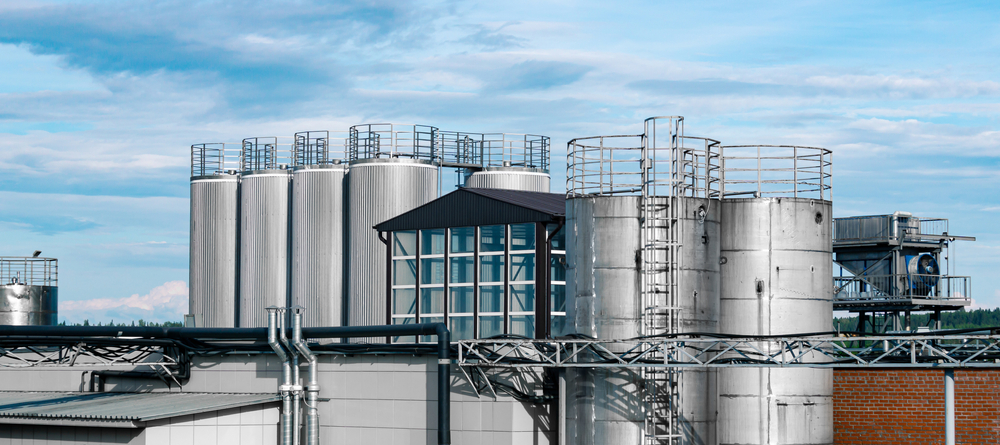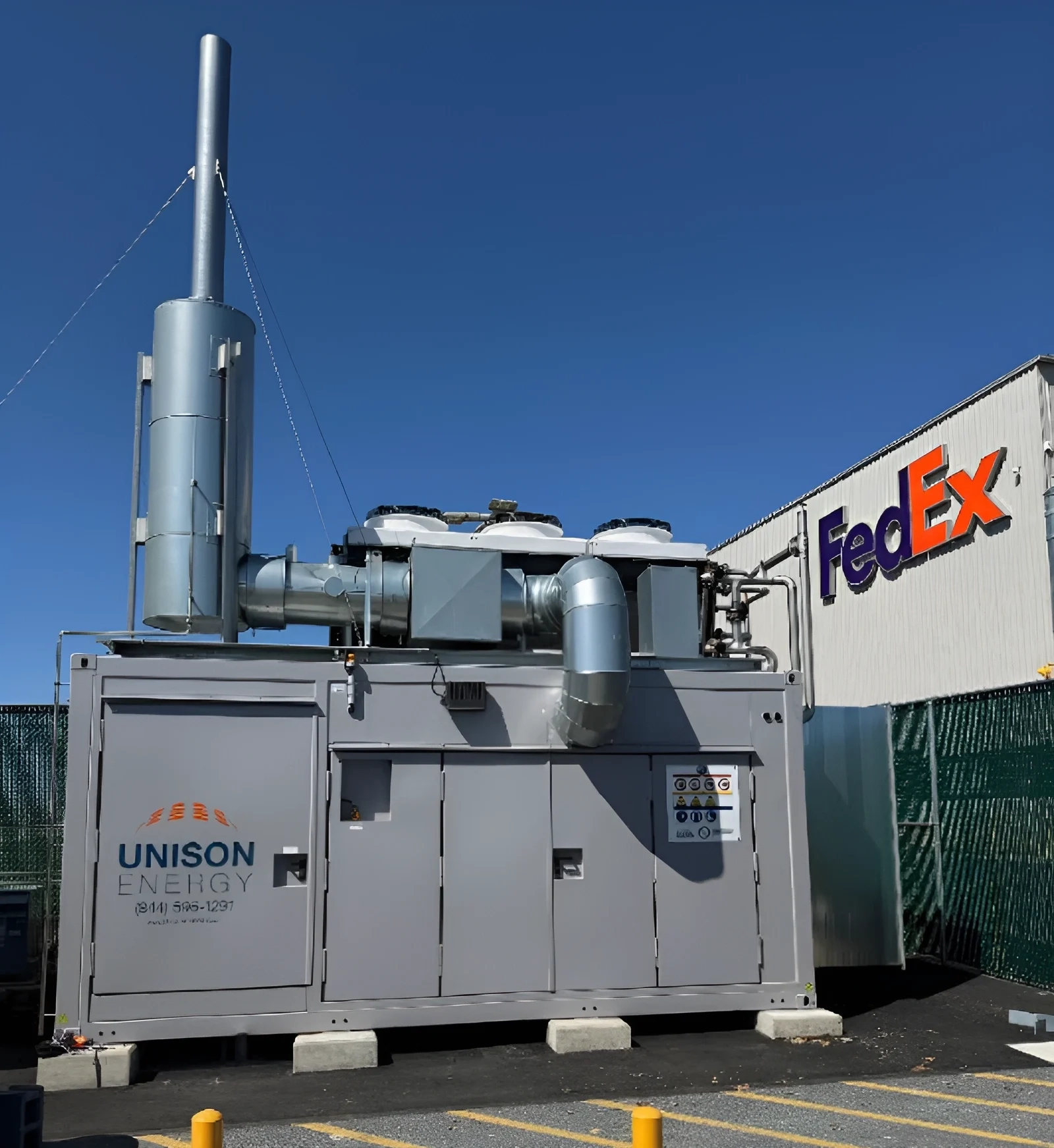Industry Spotlight: Meeting Sustainability and Resiliency Goals for Dairy Producers

Looking to improve resiliency and become a premium, sustainability-first brand, a dairy industry client approached Unison Energy for a proposal for two of its processing facilities.
- Site 1: 4.0 MW of proposed electric capacity with two 2.0 MW generators
- Site 2: 5.0 MW of proposed electric capacity with two 2.5 MW generators
- Load following and island mode capabilities
- Waste heat used to produce hot water and steam
- Carbon footprint reduced by 18% and 8.7%, or 10,024 tons annually between both sites
Proforma Details
Consumers, investors, and federal regulators are putting pressure on the dairy industry to adopt more sustainable practices and reach net zero carbon emissions:
- 82% of investors in the dairy industry agree that climate change presents material risks to their investments
- 15% of consumers say they would pay 10%+ more for food and beverage products if they don’t hurt the environment
Unison Energy offered a dairy processor with two U.S. locations an actionable solution for this big-picture challenge. With our plan, a combined heat and power (CHP) microgrid would cut the client’s emissions by 10,024 tons of carbon annually between both facilities: 18% at one facility and 8.7% at the second facility. CHP-based microgrids are extremely efficient as they use natural gas, biogas, or renewable fuels to produce heat and electricity, improving efficiency over electrical-only alternatives.
Although sustainability was a priority for the dairy processor, they originally sought an energy solution due to the urgent need for resilient energy. Reliability is critical for the dairy industry, as power outages that disrupt continuous process operations can have major economic impacts. For this dairy processor, a disruptive weather event caused millions of gallons of milk to go to waste, despite their efforts to truck the product, at significant cost, to their second site hundreds of miles away.
Unison Energy’s proposal included island mode capabilities, ensuring our system would cover the majority of the site loads during an outage. Any remaining load would be covered by load shedding in conjunction with the microgrid.
Through our Energy as a Service model, Unison would own, install, and operate the microgrid for the client, and the client would pay only for the energy they used, with no upfront costs. As a result, the dairy processor stood to save $11.3 million over 20 years, with year one savings of $173k. Or, applying federal incentives through the Inflation Reduction Act, the site could save $22 million over 20 years, with year one savings of $538k.
The site qualified for IRA savings due to the high efficiency of the project. Because the microgrid would create electricity at a higher efficiency rate and a lower carbon footprint, it qualified for a base 30% tax credit. The Texas sites would also qualify as an Energy Community, reaping further savings.
Not only can microgrids support business drivers by keeping people employed and processes operating as usual, but the government is actively encouraging these investments in more sustainable energy practices.
Learn how a Unison Energy solution could help you reach your energy goals. Get in touch for an initial site assessment.
"Reliability is critical for the dairy industry, as power outages that disrupt continuous process operations can have major economic impacts."
Featured Insights

FedEx Lehigh Valley Distribution Hub: On-Site Power Delivering Resilience
Centersquare BOS1-A Data Center: A Premier Data Center Offering Scale, Security, and Enhanced Reliability with Unison’s Microgrid Technology
Industry Spotlight: Enabling Resilient Power for Mines